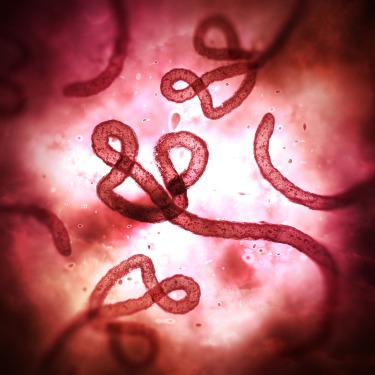Ebola Sudan Virus

An estimated 100 million people are at risk of contracting Ebola virus disease, one of the world’s deadliest diseases. There are currently six strains identified including Zaire and Sudan.

About Ebola Sudan Virus
Lesser-known than Ebola Zaire, Ebola Sudan are members of the same Filoviridae virus family and are commonly referred to as filoviruses. Both can cause severe hemorrhagic fever in humans and nonhuman primates.
While there are two approved vaccines for Ebola Zaire, no licensed vaccines exist to protect against Ebola Sudan.
Ebola Sudan viruses are transmitted to humans by infected animals, particularly fruit bats. Once a human is infected, the virus can spread to others through close personal contact or contact with bodily fluids. Isolation of infected people is currently the centerpiece of filovirus control.
Ebola was identified in 1976 when two simultaneous outbreaks occurred in northern Zaire (now the Democratic Republic of Congo) in a village near the Ebola River and southern Sudan. The outbreaks involved what eventually proved to be two different species of Ebola virus; both were named after the nations in which they were discovered.


We make vaccines more accessible, enable innovation and expand immunization across the globe.







